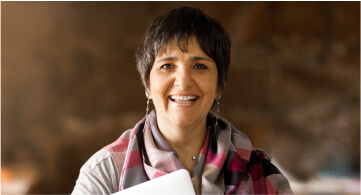Problem Statement
The idea that surrounds the topic of Social Vulnerability and Disasters: Training to Meet the Complex Needs of Vulnerable Populations could be understood with a little understanding, open mind, and empathy for others. Disasters can disproportionately impact vulnerable populations, including low-income communities, elderly individuals, people with disabilities, and marginalized groups. Social vulnerability refers to the susceptibility of these populations to the adverse effects of disasters due to various factors such as socioeconomic status, access to resources, and systemic inequalities. Addressing the complex needs of vulnerable populations during disasters requires specialized training for emergency management professionals and first responders. Emergency management professionals and first responders lack access to comprehensive demographic data that identifies vulnerable populations in their communities. This hinders their ability to effectively target resources and assistance to those who need it most. They also struggle with cultural competence and understanding in order to effectively engage with and support diverse vulnerable populations. This can result in a lack of trust, miscommunications, and inadequate response efforts.
Proposed Methodology
A Proposed solution to the topic is to engage subject matter experts in the field of social vulnerability and disaster response to facilitate the training sessions. These experts can provide insights, share best practices, and address questions and concerns raised by participants. Training on social vulnerability and the complex needs of vulnerable populations is vital for emergency management professionals and first responders. By equipping them with the necessary knowledge, skills, and tools, we can ensure that disaster response efforts are inclusive, equitable, and effectively meet the needs of all members of our communities, especially those who are most vulnerable. Participants or departments will learn how to identify and assess vulnerable populations in their communities with the proper training. This includes understanding demographic data, conducting community assessments, and using vulnerability mapping tools to pinpoint areas of high vulnerability.
Expected Value of the Research
The research in training and assisting emergency management professionals in social vulnerability and disasters has the potential to bring significant value to both the professionals themselves and the vulnerable populations they serve. It can improve the preparedness of emergency management professionals by equipping them with the knowledge and skills needed to identify and address the complex needs of vulnerable populations. Professionals can create response plans that are more targeted and effective by comprehending social vulnerability factors and the distinctive challenges experienced by diverse populations. The research can contribute to reducing disparities and promoting equity in disaster management. By addressing the specific needs of vulnerable populations, professionals can work towards a more equitable distribution of resources and services, ensuring that no one is left behind during disasters. Cultural competence is crucial when working with diverse populations. Training will focus on promoting cultural sensitivity and understanding cultural nuances to effectively engage with vulnerable communities during disaster response and recovery.







